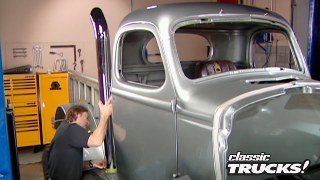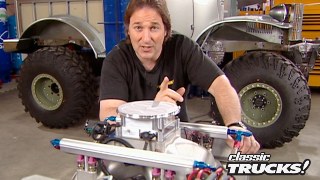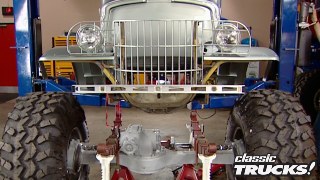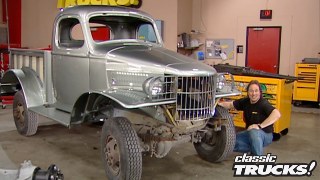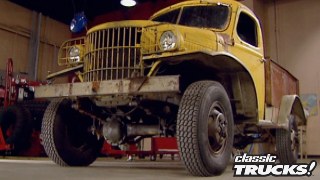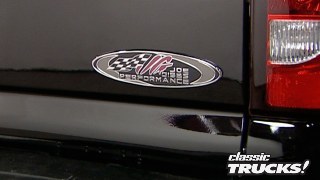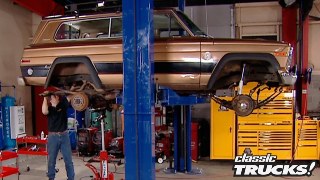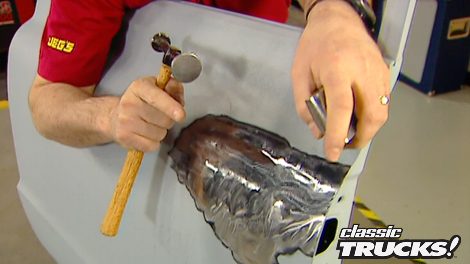
Custom Metal Work
Today things get technical as Stacey digs into some custom metal work and shows you what’s involved in shaving your door handles, frenching a license plate, and bringing exhaust tips out through a body panel. We’ll follow that with some tips on keeping your 4x4 properly lubricated.
Season 5
Episode 12
Hosts: Stacey David, Mel Fair
First Air Date: July 20, 2018
Duration: 20 minutes 1 second
